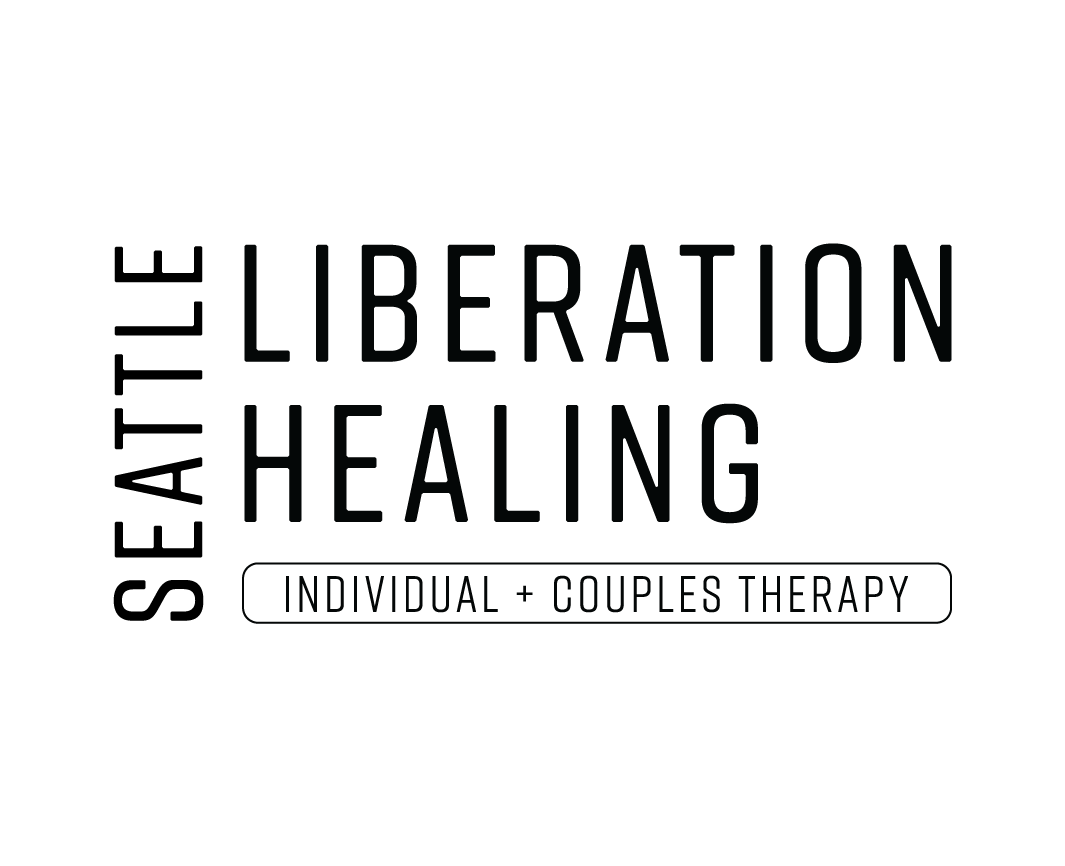What Can I Do To Heal From Parentification?
Learn More About Parentification
Learn more about parentification through reading books and articles, listening to podcasts and watching videos
“Parentification occurs when youth are forced to assume developmentally inappropriate parent- or adult-like roles and responsibilities”
Examples of parentification
A parent/caregiver with untreated mental health issues and/or substance use disorder/substance misuse is emotionally unavailable for the family, so you take care of them and your other family members as a child/young adult. This could include: caring for other siblings, cooking meals, grocery shopping, getting a job, paying the bills, navigating healthcare, etc.
A parent/caregiver has inappropriate boundaries with family members and you learn to take care of other family members by protecting them from the inappropriate family member. As a child/young adult, you learn interpersonal effectiveness skills, conflict management skills, etc. to maintain the peace and a sense of normalcy in your household as a mediator.
A parent/caregiver who seeks constant validation, praise, and approval from others in the family, even their children. As a result, their children learn to support, validate, and emotionally take care of this parent/caregiver, even though it is not developmentally appropriate.
And more
Join, peruse, and/or attend support groups
Seek out a licensed therapist specializing in childhood trauma and neglect who understands what parentification means and how to heal from it
Understand How Parentification Affects Adults
Parentication shapes an adult through their identity, esteem, ability to trust, intimacy, and more.
Common examples of how parentification can affect adults include
Feeling overly responsible for others’ emotions and feelings and taking care of others
Feeling like others’ happiness are your responsibility
Feeling like things are your fault if things go wrong or mistakes occur
Protecting others’ feelings with very little regard for your own feelings/needs/wants
Difficulty asserting and setting personal boundaries
Shame and guilt
Poor self esteem
People pleasing tendences/fawning behaviors
Feeling an internal need of control and mastery
Difficulty asking for help and relying on others
Self reliance and hyper independence
Taking on the role of parent/mother/father/etc. in romantic and platonic relationships
Caretaking others as an identity/role
Exhaustion and feeling tired
Difficulty enjoying life and relaxing
Difficulty feeling at ease in one own’s body and mind
Restlessness and rumination
Over thinking
Perfectionistic tendencies
Over explaining
Anxiety
Depression
And more
Attachment Styles
Learn about attachment styles and which ones you most align with
Understand that attachment styles are on a continuum and can change throughout your life with practice, patience, and the context of your life and experiences
Personal Triggers
Learn what your triggers are, especially in interpersonal relationships
Learn how to manage your triggers when feeling dysregulated and overwhelmed
Learn how to avoid your triggers and/or decrease the intensity and/or frequency as much as possible
Self Care
Learn how to take good care of yourself (sleep, nutrition, exercise/movement, decrease stress, self care, community care, ask for help, seek professional help)
Create a self care and wellness plan and stick to it as much as possible
Boundaries
Learn what healthy boundaries are
Understand your own personal boundaries and how they came to be
Practice healthy boundaries over and over again
Learn to ask for what you need and want
Reliance
Ask for help more often
Accept help more often
Understand why self-reliance is comfortable for you
Understand why asking for help or seeking help is more challenging for you
Learn to switch roles where you are taken care of without having to take care of others 100%
Emotions & Sensations
Learn to manage overwhelming feelings and thoughts
Feel your sensations in your body
Practice feeling your sensations over and over
Locate sensations in your body with more ease and comfort
Sit with discomfort and let sensations and emotions naturally flow through you without resistance
Trust & Mistrust
Increase trust in yourself and others
Understand why it’s difficult for you to trust others
Understand why it’s difficult for you to trust certain types of people
Understand why and how mistrust has protected you (form and function) throughout your life
Understand that not everyone deserves your trust
Understand that trust is a practice that takes time and repetition
Beliefs & Thoughts
Understand core beliefs from childhood and how they came to be as a way of protecting you
Understand different types of core beliefs and how they impact our development and growth
Understand how some core beliefs limit our growth and healing as we grow older
Take up and make up space for yourself
Challenging your negative core beliefs that limit you from growing and healing
Practice
Have a daily practice of some sort to befriend and soothe your nervous system and mind when overwhelmed
When having the urge to take care of others/feeling responsible for others, practice doing the opposite a little bit
Lean into the discomfort
Soothe yourself
With practice, you will break the automatic cycle you have learned to internalized as a result of parentification
Practice means we get better at a skill
Skills can include
Patience
Acceptance
Self compassion
Compassion for others
Mindfulness
Healthy boundaries
Emotion regulation
Distress tolerance
Interpersonal effectiveness
And more
Inner Child Work/Parts Work
Understand what the inner child is
Understand what parts are and how they have protected us throughout our lives
Understand we all parts of ourselves and they do various things to help us (managers, firefighters, exiles)
Reparent yourself and your inner child with tenderness, care, compassion, and respect
Practice self compassion, even when you want to be self-judgemental/self-critical/etc.
